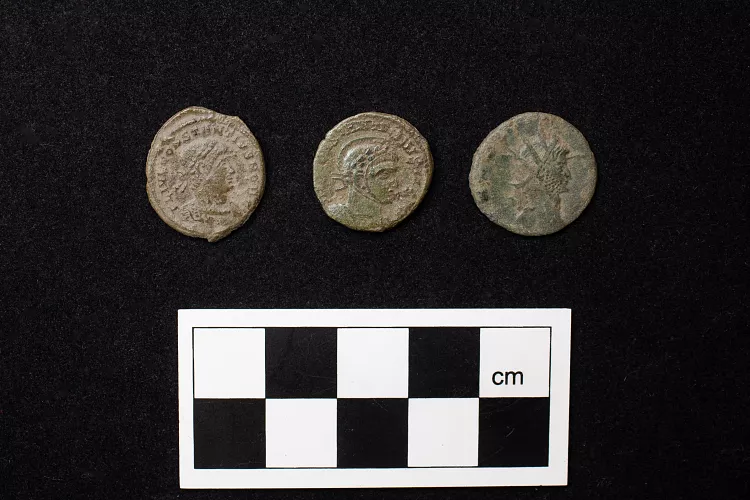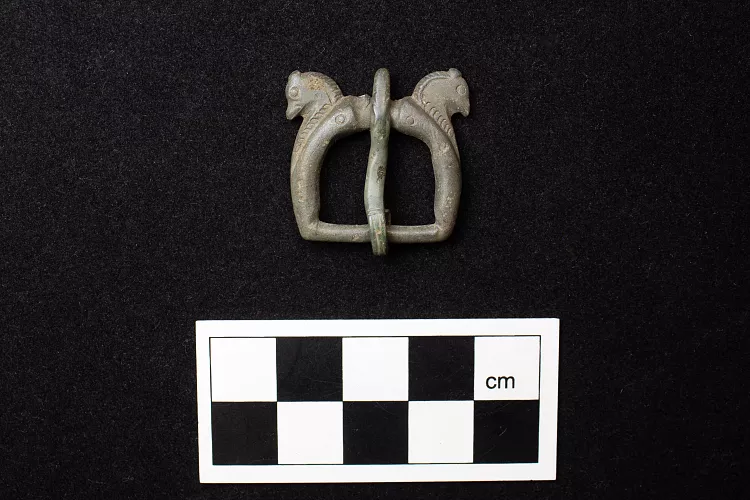According to a statement from the Red River Archaeology Group (RRAG), the site was unearthed near the village of Grove, around 100 kilometres west of London. The complex is believed to have been constructed in the late first or second century AD.
Among the artifacts discovered are brooches, rings, coins, tableware, and a belt buckle decorated with horses. The Roman Empire’s reign in Britain lasted more than 400 years.
Louis Stafford, a senior project manager at RRAG, said that the objects recovered suggest that this building was an essential part of local civilisation.
“The sheer size of the buildings that still survive and the richness of goods recovered suggest this was a dominant feature in the locality, if not the wider landscape,” he said.
Researchers also uncovered an ‘enigmatic assemblage of tightly-coiled lead scrolls.’ The scrolls are believed to be Roman curse tablets – scraps of lead with written messages addressed to supernatural powers.
What are the chances?
 |
| Rowan Brannan discovered a gold bracelet that dates back 2,000 years. | Source: Amanda Kenyon/SWNS |
In another remarkable discovery, a 12-year-old boy in England stumbled across a rare gold Roman bracelet while walking his dog in a field in Pagham, a coastal region south of London.
Rowan Brannan was walking with his mother, Amanda, when he spotted a gold band that was more than 2,000 years old.
The pair initially thought little of the discovery; however, after showing it to a local hairdresser who was interested in metal detecting, it was decided that a Finds Liason Officer should be contacted.
Experts believe the gold band is a first-century Roman bracelet of armilla type.
“An armilla bracelet — our understanding is — was given to the Roman soldiers as a mark of respect and valour and service,” Amanda Brannan told The Daily Mail.
“It’s been brilliantly fascinating. We have learned so many things, and it is quite lovely to still be involved so we can follow its story. It’s like, wow, imagine who wore that. We have had a piece of history in our house.”
The British Museum manages a program that records archaeological finds made by the public, and Finds Liaison Officers assist with identification.
Ancient Roman ARTIFACTS
 |
| Roman coins |
 |
| Horse head belt buckle |
|
More reading
Culture shift: British Museum displays stolen treasures
Ancient burial: Bronze jewellery discovery challenges historical understanding
Ancient jewellery: Hidden temple discovered in Greece
Priest arrested for theft of $100 million gold jewellery
Switzerland: 3,500-year-old jewellery collection unearthed
Legendary jewellery of the Pharaohs arrives in Australia
History in the making: Australia to showcase Ancient Egyptian jewellery
Find of the century: Metal detectorist discovers hidden treasure in Norway